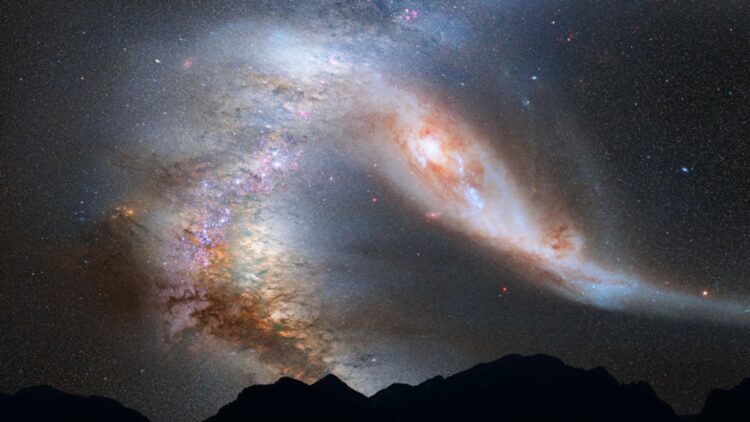This month of June has already brought some surprises to the skies of America. According to NASA, it will be possible to have full visibility of the Milky Way’s inner core – yes, incredible! Experts even say that this is one of the best opportunities of the year to observe the densest and brightest part of our galaxy, because it is a region full of stars, interstellar dust, and nebulae.
When and at what time will you be able to see the Milky Way’s inner core?
If you’re already planning to watch this spectacle, check out NASA’s tips on the best day and time. According to the agency, the best time to observe the Milky Way’s inner core will be between 11 p.m. and 4 a.m., especially on nights when the new moon is approaching – in this case, it’s scheduled for June 25. In other words, during this period, the sky will be darker, without the interference of the moon’s brightness, which will create ideal conditions for observation.
It will be possible to see the Milky Way’s inner core from all over the Americas:
- For those in North America, the galactic center will appear near the southern horizon shortly after midnight.
- In South America, the position will be even better, as the nucleus rises higher in the sky, offering a clearer and longer view.
Of course, it is worth remembering that visibility always depends greatly on the conditions of the location. Therefore, if you have the option to choose, know that rural regions, mountainous areas, and nature reserves are the most ideal. However, urban centers, due to intense light pollution, make it almost impossible to observe the phenomenon.
Other phenomena to watch out for this June
And if you thought that was “all” to observe in the skies in June, you were wrong. This month of June will bring other interesting astronomical events (like these ‘Solar Horns’ were seen from America this year too) for those who are already paying attention:
- Venus: You can see it before sunrise. And yes, it continues to be the brightest object in the sky, even brighter than the brightest stars.
- Saturn: The planet is rising every day and can be seen more clearly in the early hours of June. If you still have a telescope, you can see its famous rings.
- Mars and Regulus: The red planet will be less than half a degree from the star Regulus, in the heart of the constellation Leo. We know that this phenomenon is very rare, so it will be very interesting to see it with the naked eye. However, it is still better to watch it with binoculars.
June promises many shows in the sky
As if our schedule wasn’t already full with Milky Way’s inner core, plus other events, in June, we will have the June solstice, which will happen on the 20th. This wind marks the longest day of the year in the northern hemisphere and the shortest in the southern hemisphere. And why does it happen? Well, experts explain that it is due to the tilt of the Earth’s axis, which at this point in the orbit causes the North Pole to be tilted more towards the Sun.
Modern astronomers see this phenomenon as an accurate reminder of the Earth’s position in space and how it directly influences which portions of the night sky are visible at different times of the year. It is no wonder that this year alone we have already had other phenomena seen in the sky, one of which happened in March 2025 when the aurora borealis was seen in 22 states in America.


